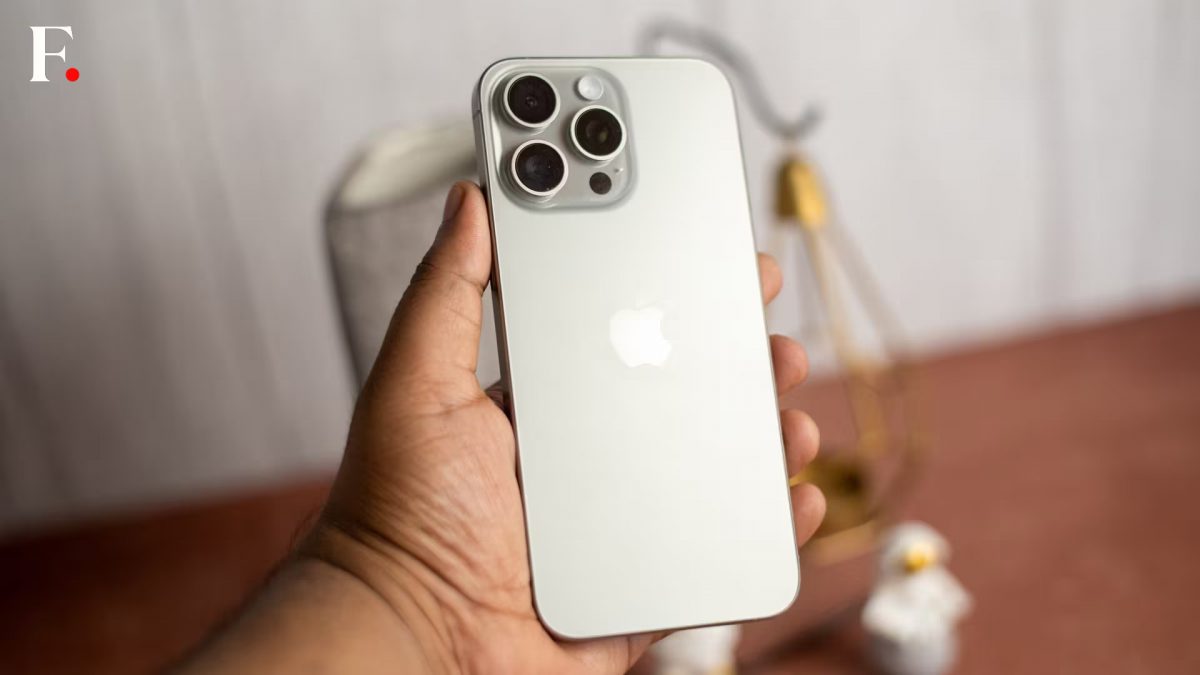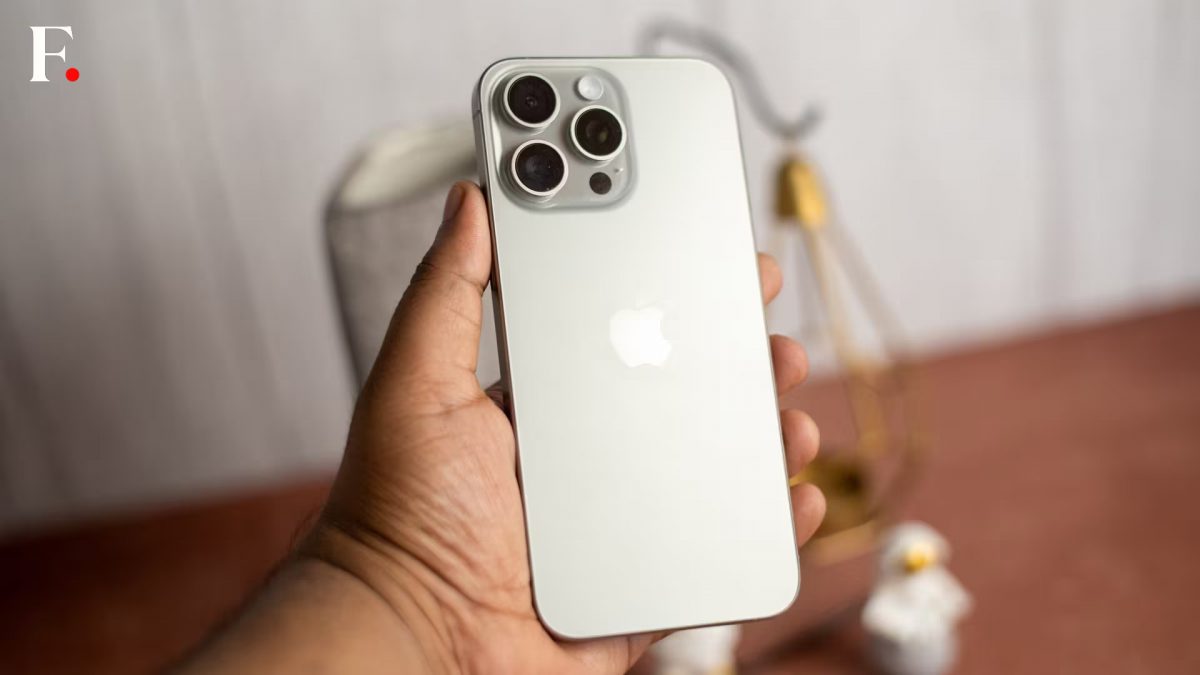The latest report from Cisco reveals how the number of devices connected to Internet of Things (IoT) will increase from 15 billion today to 50 billion in 2020. Another report by Juniper Research claims the figures could go as high as 38 billion by 2020. We aren’t sure if these predictive numbers could possibly be true, but it is certain that IoT is big and here to stay.
For those not in the know-how, Internet of Things or IoT can simply be put as objects in your daily life that can be connected or controlled via the Internet. Going by the current trend, your smartphone could be the key hook that connects everything together. So, imagine, you walk into your home switch on the fan and lights just with a single tap on your phone, instead of reaching out to switch board.
Though IoT a term has been floating around since 2008 - 09, years and years of innovations have helped ideate it. IoT cannot be attributed to a particular starting point, but it’s just the way we’ve evolved according to the technology made available to us that led to the rise of IoT.
A lot of factors in the past have been responsible for pushing us towards the Internet of Things era. Back in ’90s, we saw the first Internet Radio, Internet Telephone service and likewise. In 2000, LG announced its Internet-enabled fridge using Internet digital DIOS technology that was developed in 1997. We slowly saw how Bluetooth played a vital role into connecting us to the world, followed by NFC, rise of social media, online educational courses, smart pen and so on, not necessarily in the same order. This whole revolution of how things used in our day-to-day lives are connected via Internet formally conceptualised the term IoT in 2008-09.
“A group of companies launched the IPSO Alliance to promote the use of Internet Protocol (IP) in networks of “smart objects” and to enable the Internet of Things. The IPSO alliance now boasts over 50 member companies, including Bosch, Cisco, Ericsson, Intel, SAP, Sun, Google and Fujitsu,” points out Postscapes .
Undoubtedly, the rise of cloud platforms, phones, phablets, tablets, and now smartwatches is only going to make it easier to implement. The rise of apps have also made it crystal clear how we can move forward at connecting the world. So, if it has been around for years, what led to the sudden chatter about IoT in the past few years. Arguably, the turning point for IoT can be termed when Google decided to enter your homes via Android. In 2011, Google introduced Android@Home at Google I/O . Since then the project has seen little in the way of products but Google has firmly backed it up and even increased support for the project from Android 4.2.2 Jelly Bean onwards. Then came the main turning point when Google acquired Nest.
Nest Labs has been a prime player when it has comes to the “Internet of things” niche and this has only strengthened its position further. Undoubtedly set to be the next big thing, Google has already started betting its money on the field.
For example, Nest has been selling its Learning Thermostat and smoke detectors for a while now. The connected devices help you control it using apps remotely, like the thermostat can be controlled to raise the temperature up or down. Now, this is something almost similar to Apple’s Homekit that could turn the iPhone and iPad into a remote control for home appliances.
Taking a step further, Google is said to be developing a new OS nicknamed Brillo which will specially be for low-power devices aka Internet of Things (IoT) devices. Another reason why the new Brillo OS makes sense for Google is the fact that it owns NestLabs , the company that makes smart thermostats, smoke alarms and security cameras for the home, which are all at the end of the day, ‘smart’ home appliances. If most smart home devices run on the Brillo OS, this would give a gateway to Google to a large number of information about a user’s daily routine as the time they go to sleep, or use their oven as well.
In its bid to be omnipresent, Google has been testing waters in every segment including connected homes, cars, drones, robots and more. It’s arch-rival Apple has also ensured that it doesn’t miss on the future technology and if you remember the Cupertino Company had announced its smart home platform last year with the Homekit.
With Homekit , Apple will allow users to connect their iPhone/iPad and control their lights, garage-door, security cameras and even thermostats and switches. Users can simply control them via Siri. For instance, they could say “Get ready for bed” and the house lights will dim, doors lock and the security alarm will be enabled.
At the recent IFA, Samsung also revealed whee it stands when it comes to Internet of Things. Companies like Samsung, Intel and Dell have even joined to establish standard ways for household gadgets like thermostats and light bulbs to talk to each other, at odds with a framework backed by Qualcomm, LG Electronics and other companies.
Yes, things seem to be going mainstream because two of the major mobile players have begun implementing IoT, and others plans to follow suit. Yes, both leading companies have understood the need to go beyond mere hardware and software of a device and Internet of Things is simply the best way to move forward. Xiaomi, known to churn out Apple-inspired devices for budget audiences, already has a lineup of smart home products ready.
While it all starts with home security, but we wouldn’t be surprised if there is an app for just about each house hold device that is controlled via a smartphone or maybe even a smartwatch in the future.
In fact, manufacturers have already started rolling out growing numbers of Internet-connected burglar alarms, televisions and light switches. At CES this year, we saw roughly 900 IoT related innovations on stage. This number will only grow and there is no looking back for IoT here on. The only challenge could be compatibility as the products won’t be compatible to one another.


)




)
)
)
)
)
)
)
)